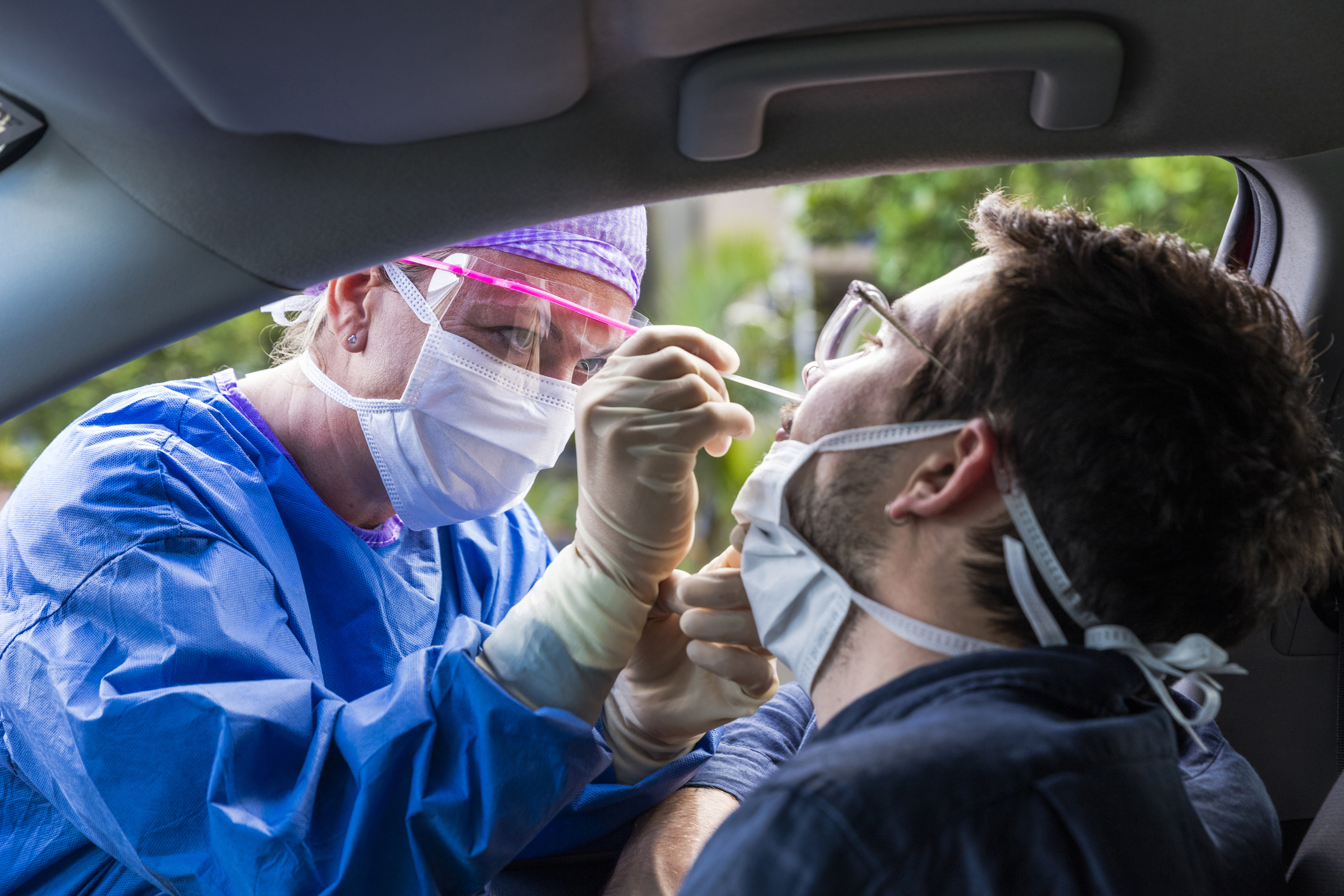Get Easy Health Digest™ in your inbox and don’t miss a thing when you subscribe today. Plus, get the free bonus report, Mother Nature’s Tips, Tricks and Remedies for Cholesterol, Blood Pressure & Blood Sugar as my way of saying welcome to the community!
The risk for COVID-19 false negatives and how it impacts your safety

Since March, I doubt there’s anyone in the United States who hasn’t wondered if they’ve contracted COVID-19, or if they will get it — and if so, how can they know for sure. After all, the symptoms are so varied — from asymptomatic to mild to severe — that experts now believe there are 6 different types of the virus.
But while testing was often slow or non-existent in many areas during the beginning stages of the pandemic, at least now, for the most part, you can get tested if you have symptoms or if you think you may have been exposed to someone who has the virus.
However, despite the increased availability of testing, a brand-new problem has reared its head, leaving many people to continue to wonder and worry about whether or not the virus is behind their symptoms, even after they’ve gone through the whole nasal swab process…
That’s because the chances of your COVID-19 test returning a false negative that could leave you and your loved ones at risk is shockingly high.
Don’t test too early to ensure better virus detection
Researchers at Johns Hopkins University set out to determine just how likely false negatives are in COVID-19 testing and when it’s best to get tested to ensure the clearest, most accurate results.
The team dug through the results of respiratory swab samples of 1,330 patients, both inside and outside of the hospital setting to compare the rate of false negatives in relation to time of infection as well as symptom onset.
Related: To lower your coronavirus risk at home, open your windows
Here’s what they found…
- The chance of testing negative even if you have the virus is a whopping 67 percent if you’re tested in the first four days after infection.
- If you wait till symptoms appear to get tested, the chance of getting a false negative falls to 38 percent.
By now you’re wondering if there’s an optimal time to get more trustworthy results from a COVID-19 test?
The researchers determined the best time to be tested is eight days after infection, which on average works out to approximately three days after symptom onset. At this point, the risk for a false negative is about 20 percent.
Negative doesn’t mean safe
I was surprised to learn this, but overall, the Johns Hopkins team found that one in five people (or 20 percent) infected with coronavirus will get a false negative result.
Lauren Kucirka, co-author of the study had this to say about it…
“A negative test, whether or not a person has symptoms, doesn’t guarantee that they aren’t infected by the virus. How we respond to, and interpret, a negative test is very important because we place others at risk when we assume the test is perfect. However, those infected with the virus are still able to potentially spread the virus.”
Because the testing is not 100 percent, Kucirka says patients who have a high-risk exposure should be treated as if they are infected, particularly if they have symptoms consistent with COVID-19.
That means you should continue to practice safe distancing measures, wear a mask and possibly isolate yourself if you share a home with others. It also means if you have symptoms, such as a fever or difficulty breathing, you should closely monitor them if they persist or worsen and seek medical care.
Sources:












